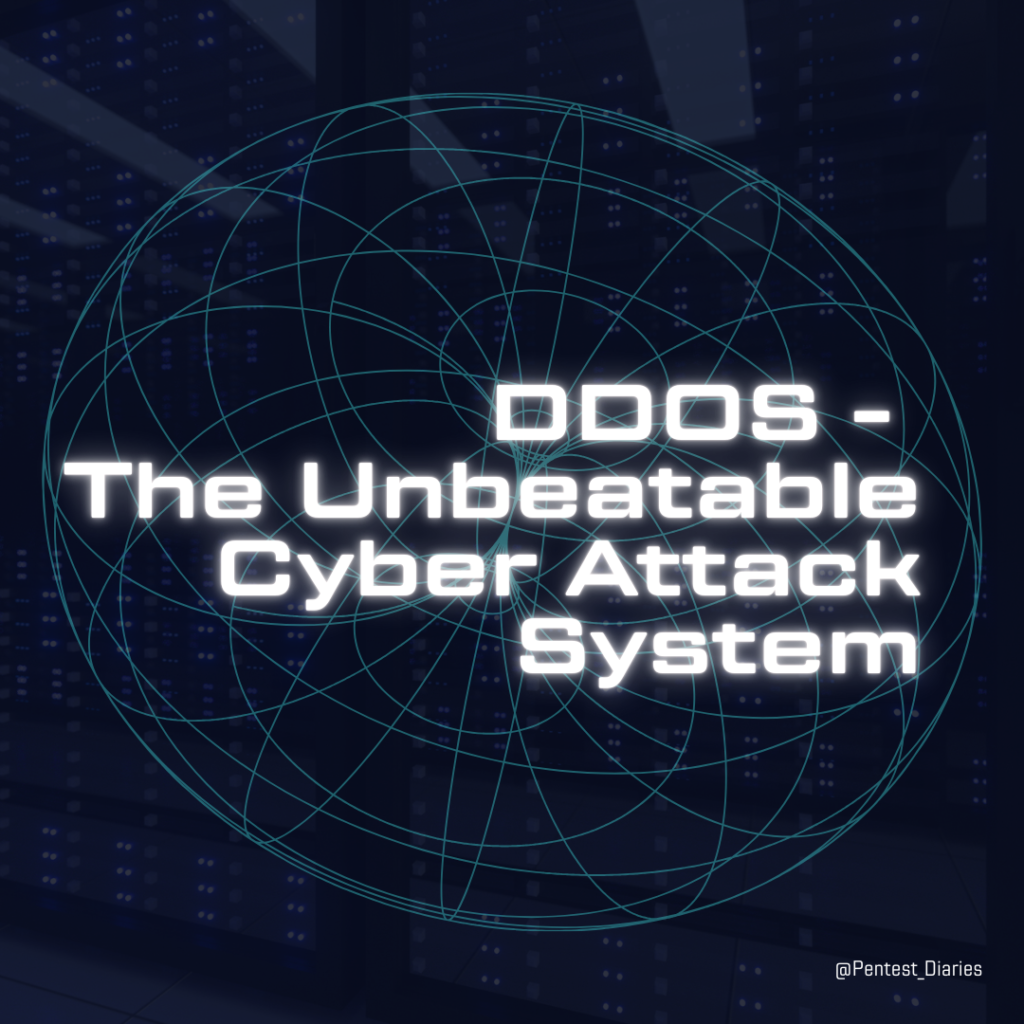Knowledge Share – A Complete guide to Server Rules

Creating a comprehensive guide to server rules involves defining clear guidelines that ensure security, efficiency, and smooth operation. Below is a structured outline for such a guide:
Introduction to Server Rules
- Purpose of Server Rules
- Clarify the objectives: Ensure security, maintain performance, and establish a conducive environment for all users.
- Scope and Application
- Specify which systems and personnel the rules apply to.
- Address any exceptions or special cases.
General Server Usage Rules
- Access Control
- Define who has access and under what conditions (e.g., authentication requirements).
- Outline procedures for granting and revoking access.
- User Responsibilities
- Establish user conduct expectations (e.g., professionalism, respect for others’ data and resources).
- Address compliance with legal and organizational policies.
- Data and Information Security
- Specify rules for data handling, encryption, and storage.
- Address backup procedures and disaster recovery plans.
- Resource Management
- Guidelines for resource allocation (e.g., CPU, memory, bandwidth).
- Policies on resource sharing and fairness (e.g., avoiding monopolization).
Server Maintenance and Operations
- Software and Configuration
- Rules for installing, updating, and configuring software.
- Change management procedures (e.g., testing, rollback plans).
- Monitoring and Logging
- Define what aspects of server activity are monitored.
- Specify logging practices and retention periods.
- Incident Response
- Procedures for reporting and responding to security incidents.
- Escalation paths and responsibilities during incidents.
Network and Connectivity Rules
- Network Access
- Policies for connecting to the server (e.g., VPN usage, remote access protocols).
- Security measures for wireless and wired connections.
- Firewall and Filtering
- Configuration rules for firewall settings.
- Guidelines for content filtering and access control lists (ACLs).
Compliance and Legal Considerations
- Regulatory Compliance
- Ensure adherence to relevant laws and regulations (e.g., GDPR, HIPAA).
- Guidelines for handling sensitive information and maintaining privacy.
- Intellectual Property
- Rules regarding software licensing, copyrights, and proprietary information.
Documentation and Training
- Documentation Requirements
- Outline the types of documentation required (e.g., configurations, procedures).
- Guidelines for maintaining documentation accuracy and accessibility.
- Training and Awareness
- Procedures for educating users on server rules and best practices.
- Training on specific tools or processes related to server operations.
@SAKSHAM DIXIT


